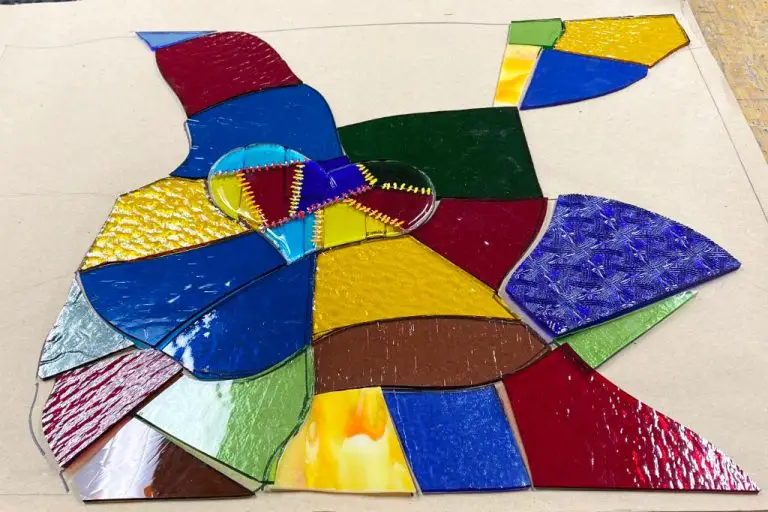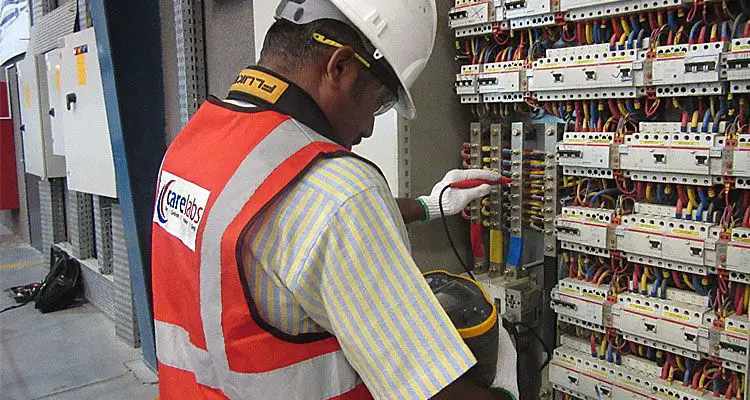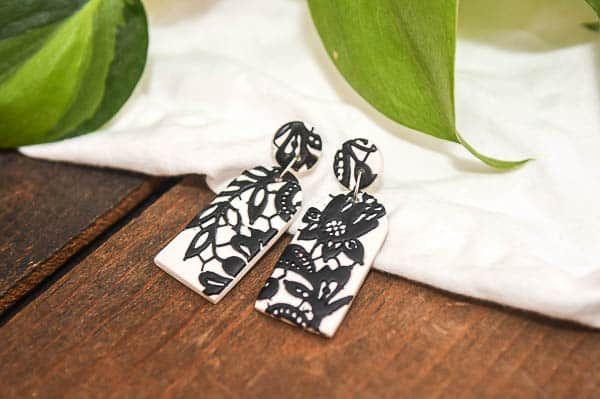What Age Is Appropriate For Pottery Wheel?
Pottery wheels allow children to sculpt and shape clay into creative designs and art. They provide an engaging hands-on experience for children to express their creativity. However, there is debate around what age is appropriate for children to start using a pottery wheel safely while still promoting development.
Some argue that pottery wheels help build fine motor skills and support cognitive growth starting at a young age like 5-6 years old. Others caution that children under 8-10 years old may lack the physical strength, dexterity and coordination required to properly use a pottery wheel without close adult supervision and guidance. Finding the right age depends on the child’s maturity and physical abilities. This article will analyze the key factors to determine what age is appropriate for pottery wheels.
Motor Skill Development
Using a pottery wheel requires strong fine motor skills and hand-eye coordination that develop over time as children grow. According to research, fine motor skills and dexterity continue to improve dramatically between ages 5-7 as children gain precision in small muscle movements like using their fingers and hands (https://www.ncbi.nlm.nih.gov/pmc/articles/PMC10217286/). The motions needed to center clay on a spinning wheel, squeeze and shape it into forms, and trim excess clay require refined finger and hand control. Children at age 5 may start to have the finger dexterity to attempt using a wheel, but their skills will be limited. By age 7-8, most children have developed the fine motor abilities to better control the clay as it spins on the wheel.
In addition to fine motor skills, using a pottery wheel requires strong hand-eye coordination to synchronize what they see with the movements of their hands. Younger children around ages 5-6 are still developing this ability and may have difficulty coordinating what they want to create with the precise finger and hand motions needed. Older children ages 8+ tend to have stronger hand-eye coordination and can better translate their visual concepts into physical manipulation of the clay.
Cognitive Ability
Using a pottery wheel requires certain cognitive abilities to be successful. Fine motor skills need to be developed to properly center and shape the clay on the wheel. Focus and concentration are also critical, as the clay can easily become lopsided or collapse if attention wavers. Patience is necessary as learning to use the wheel takes time and practice. Spatial reasoning skills help visualize what the final product will look like and guide the hands to achieve the desired shape.
According to research on childhood cognitive development identified with ancient pottery vessels, the coordination required to operate a wheel successfully indicates the development of key cognitive milestones (see An Experimental Approach to the Pottery Wheel in Bronze Age). Another study noted that working with clay on a wheel allows teens to practice focus, problem solving, and critical thinking in a hands-on way (see The Benefits of Ceramic Art with Secondary Learners).
In summary, using a pottery wheel requires and enhances visual-spatial skills, hand-eye coordination, focus, problem solving, critical thinking, and patience.
Safety Concerns
Pottery wheels involve spinning parts and require working with wet clay, which can pose safety risks for young children. Some key concerns include:
- Fingers getting caught in the spinning wheel, which can cause cuts or broken bones. Slowing the wheel speed can help reduce this risk.
- Slipping on wet clay and falling, potentially leading to bruises or head injuries. Having a chair or stool for seated work can improve stability.
- Getting clay in eyes, nose, or mouth, which is unhygienic. Close supervision and teaching kids to avoid touching their face during use is important.
- Ingesting clay, paints, or glazes, some of which contain toxic materials like lead. Storing art supplies safely out of reach minimizes this danger.
- Burns from touching hot kilns or ovenware. Adult supervision and training proper techniques are essential around high temperatures.
With training and preparation, pottery wheels can be safe for kids, but adult supervision is critical, especially for younger children whose motor skills are still developing.
Recommended Ages
When determining the appropriate age for a child to start using a pottery wheel, experts and manufacturers typically recommend ages 7 and up. Most pottery wheel kits designed for beginners are marketed towards kids around 8 years old and above.
For example, the product description for the Pottery Wheel For Beginners kit by MindWare states “Manufacturer recommended age, 7 years and up.” (https://www.amazon.com/MindWare-68471-Pottery-Wheel-Beginners/dp/B012TT5KYU)
Similarly, National Geographic’s Beginners Electric Pottery Wheel kit recommends “Manufacturer recommended age 8 years and up.” (https://smartkidsplanet.com/products/national-geographic-kid-s-pottery-wheel-complete-pottery-kit-for-beginners-electric-motor-2-lbs-air-dry-clay-sculpting-clay-tools-patented-integrated-arm-apron-more-great-craft-kit-for-kids)
The recommended ages take into account the fine motor skills, hand-eye coordination, and cognitive focus required to properly use a pottery wheel. Most experts agree kids younger than 7 years old would struggle with the dexterity and concentration needed.
Age Appropriate Alternatives
For younger children who may not be ready to use a pottery wheel safely, there are many alternative clay activities that can help develop their motor skills, creativity, and love of working with their hands.

Children as young as 2-3 years old can enjoy playing with clay or dough through tactile, sensory experiences. At this age, kids can squeeze, pound, roll, and shape clay while sitting at a table or on the floor under supervision. Simple clay projects like making balls, snakes, or pancakes allow young children to explore the clay’s textures and properties.
Around ages 3-5, kids can begin creating basic clay sculptures of people, animals, and objects. Supervised children in this age range are also ready for activities like using clay handprints or footprints to make projects with personal meaning.
For ages 5 and up, more complex clay projects become appropriate. Children at this stage can follow step-by-step instructions to make clay pots, bowls, beads, and more. With supervision, they can use kid-friendly clay tools to add details and textures.
No matter their age, with the proper supervision and preparation, kids can have meaningful creative experiences working with clay that build skills without the hazards of a pottery wheel.
Supervision
Close adult supervision is extremely important when kids are using a pottery wheel. As fun as working with clay can be, pottery wheels involve fast spinning parts and require care when in use. Children under 12 years old should not be left alone with a pottery wheel due to safety concerns.
Per the National Art Education Association, art teachers emphasize supervision for pottery wheels, with some schools only allowing their use for kids under direct one-on-one guidance. Pottery wheels have risks of getting fingers or hair caught in moving parts if not used cautiously.
Parents looking to introduce kids to pottery wheels should be prepared to be actively engaged in the process. Sitting beside the child as they work is ideal. Guiding their hands initially to show proper techniques and making sure loose clothes or hair is secured is prudent. Letting the child use the foot pedal themselves should be dependent on displaying responsible usage. Proper preparation and parental involvement is key to ensuring a safe, educational pottery wheel experience.
Getting Started
When introducing children to the pottery wheel for the first time, it’s important to start slowly and focus on having fun rather than perfect results. Here are some tips for a positive first experience (source):
- Explain the basics of how the wheel works and demonstrate centering clay. Let them observe and ask questions before trying it themselves.
- Start with small, manageable amounts of clay so it’s not too heavy or unwieldy.
- Encourage experimentation over aiming for a finished product right away. Creative play leads to developing skills.
- Go slowly, don’t rush, and allow them to work at their own pace. More speed can come later.
- Focus on the sensory experience – the smell and feel of the clay, the sound of the wheel. This creates comfort and enjoyment.
- Offer guidance but let them learn by doing. Don’t dictate or control the process.
- Above all, keep the mood light and fun. Laughter, not frustration, should fill the studio.
The first encounter with the pottery wheel should tap into a child’s natural creativity and curiosity. With patience and encouragement, they will gain confidence and skills over time.
Ensuring Success
When introducing children to pottery, it’s important to set them up for a positive experience. Focus on the process rather than the end product. Avoid putting pressure on finishing a piece perfectly. Let children explore clay creatively and praise their efforts. Having reasonable expectations and fostering a sense of discovery will ensure kids have fun learning this new skill.
Start with manageable projects like simple pinch pots or coil building before moving on to the pottery wheel. Give clear safety instructions and demonstrate proper techniques. Be patient as children develop coordination. Provide guidance but allow them to work independently. If frustration arises, suggest taking a break and trying again later.
Make sure kids wear old clothes and have elbow room at the wheel. Keep distractions to a minimum during focus-intensive wheel throwing. Offer encouragement and celebrate small successes like centering clay or pulling up cylinder forms. With a patient, supportive environment children gain confidence and skills on the pottery wheel.
Conclusion
To summarize, when considering the appropriate age to introduce a child to the pottery wheel, there are several factors to consider. Motor skill development, cognitive ability, and safety concerns all play a role. Based on these considerations, the ideal age range appears to be 8-12 years old. Before this age range, children may struggle with the fine motor skills required and have difficulty following multi-step instructions. Older children in the 8-12 range are more likely to possess the dexterity, focus, and reasoning ability to properly use a pottery wheel. Proper preparation, close supervision, and reasonable expectations are still essential at this age. With some assistance, most children in this age group can successfully create pieces on the pottery wheel while building confidence and creativity. Of course, children mature at different rates, but somewhere between 8-12 years old is likely the sweet spot for introducing the pottery wheel in a safe, engaging, and rewarding way.





